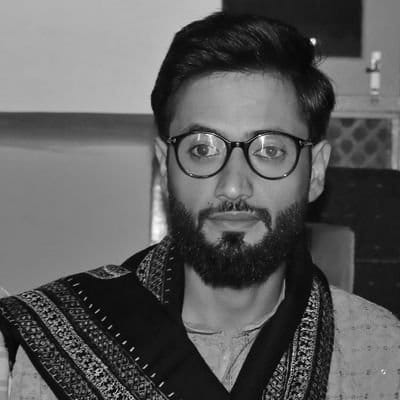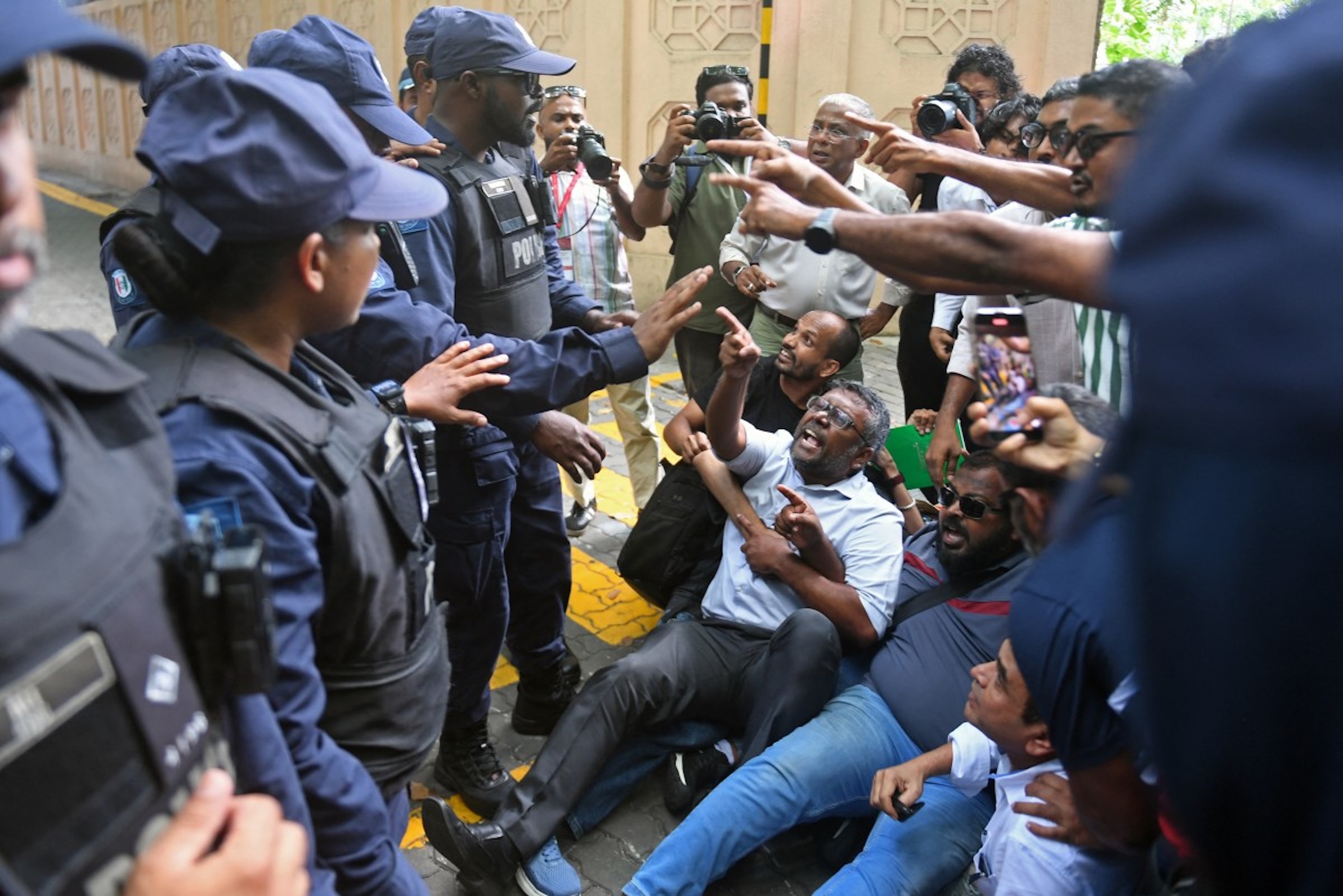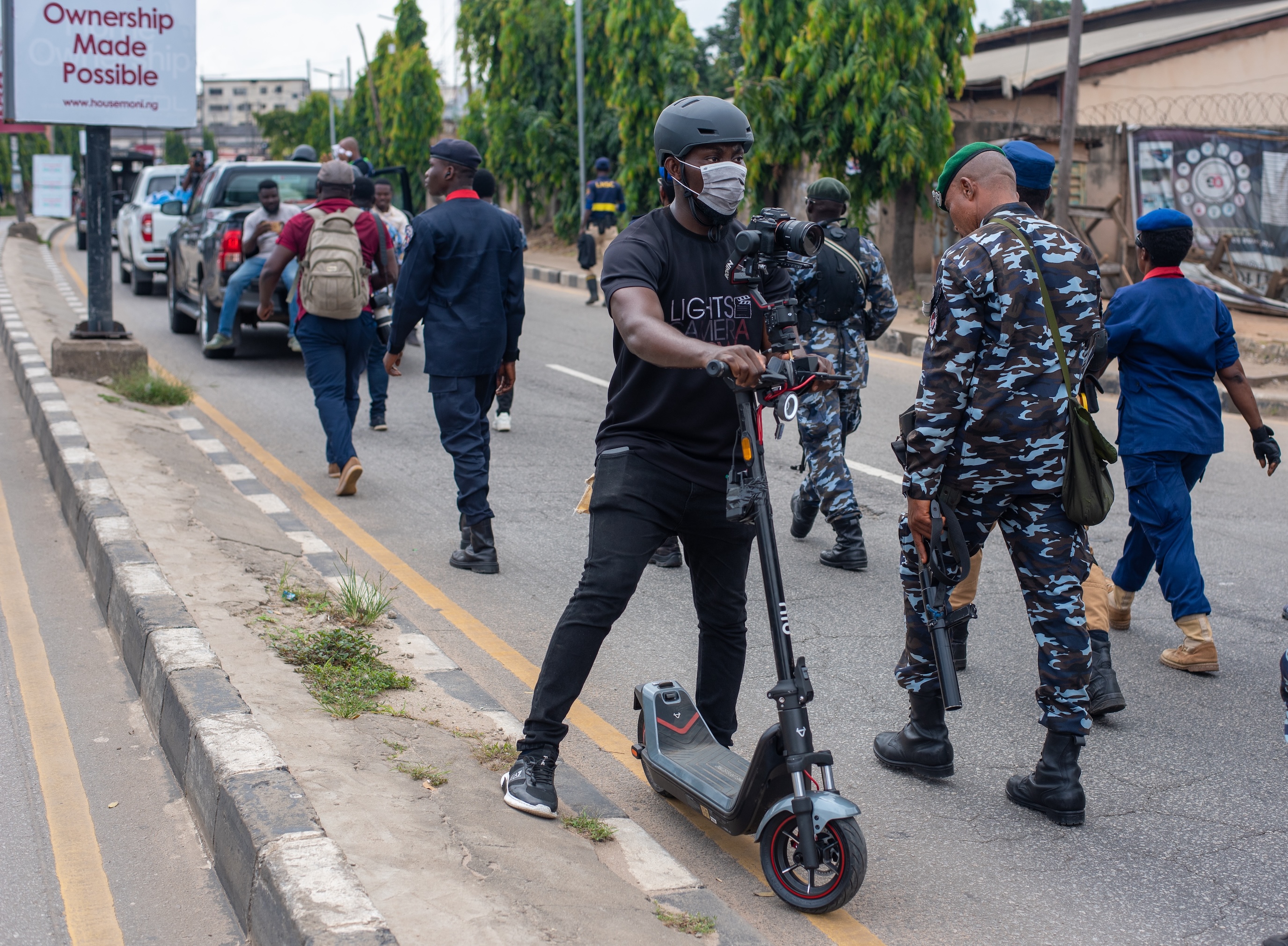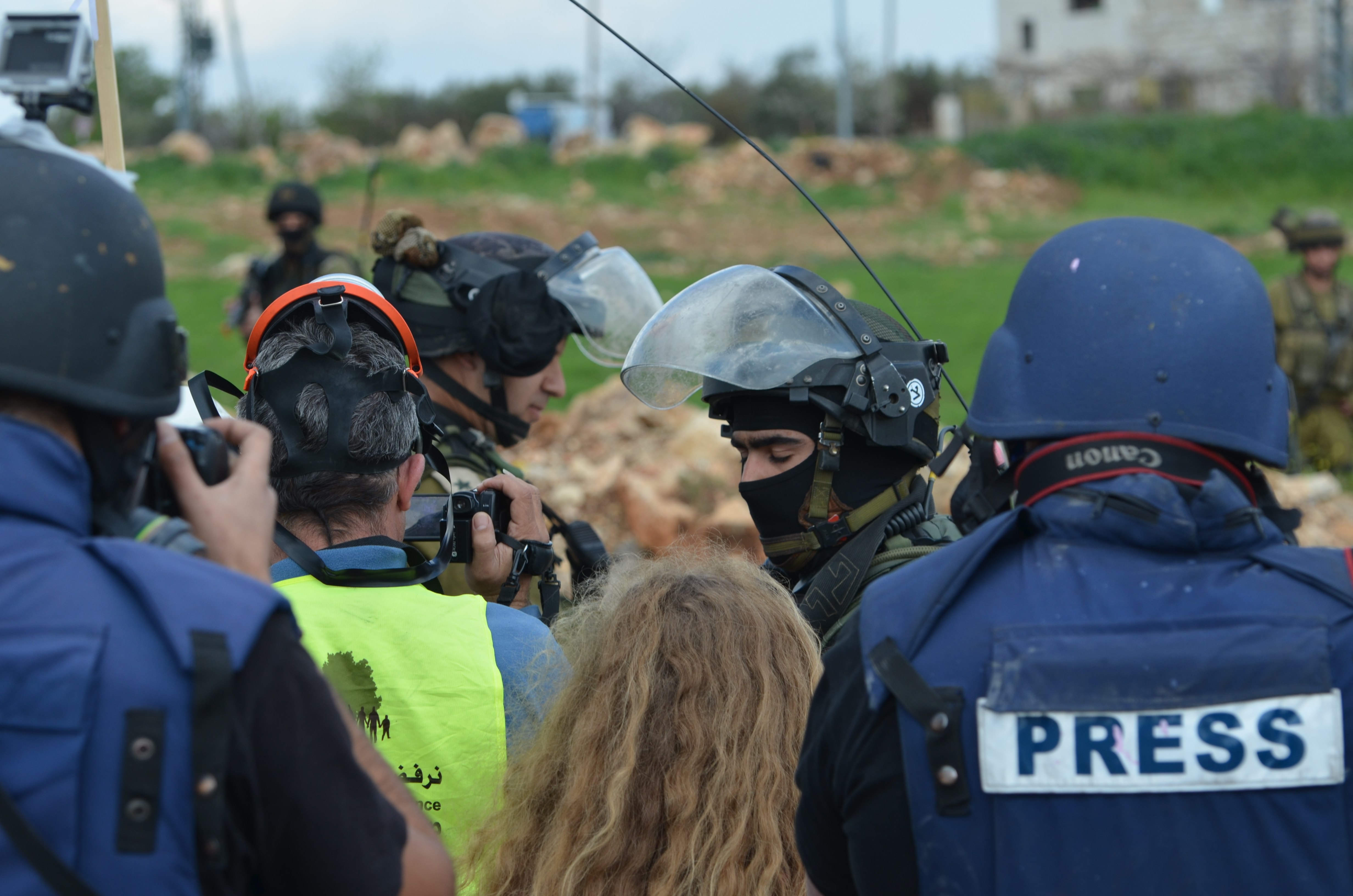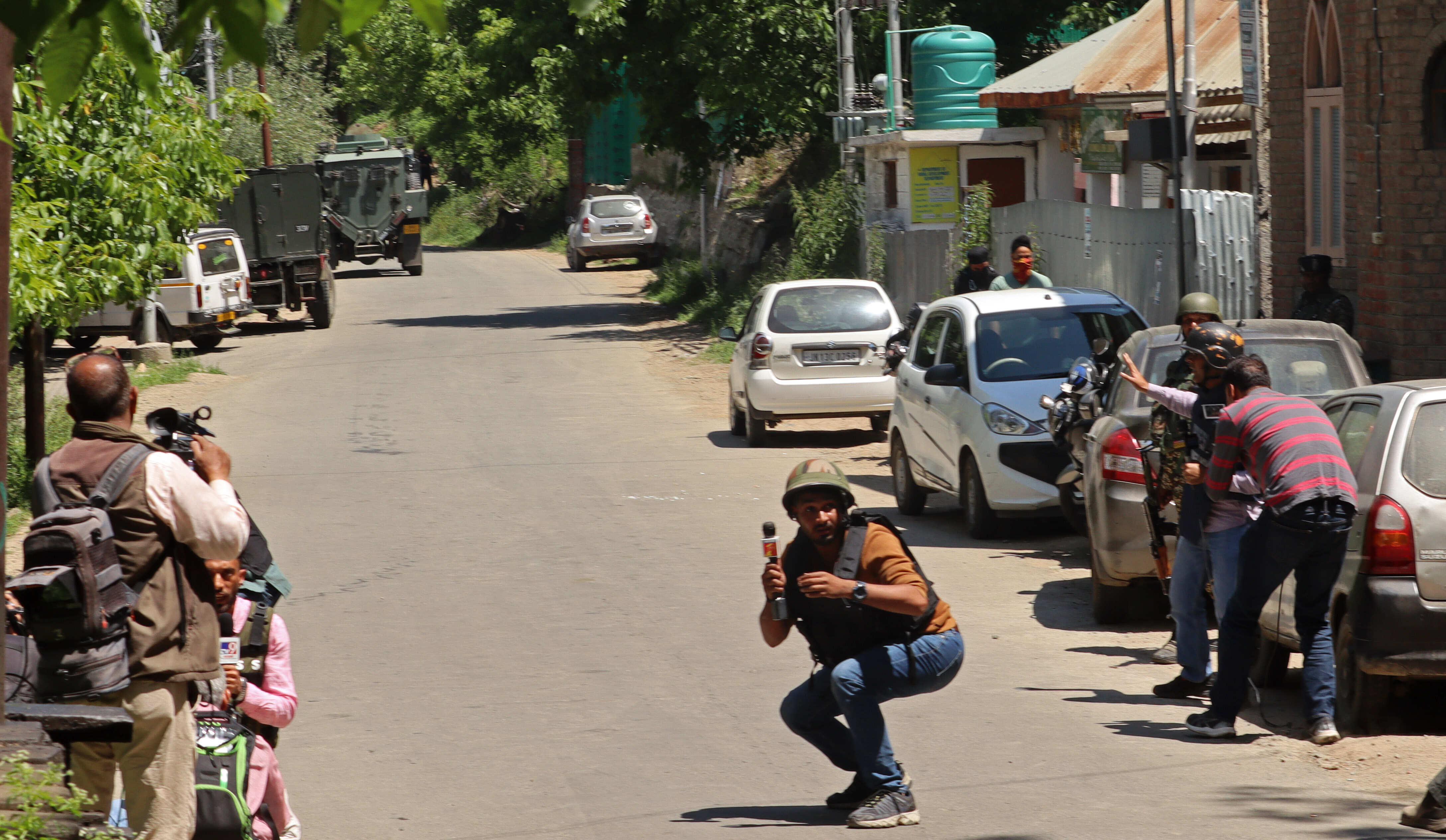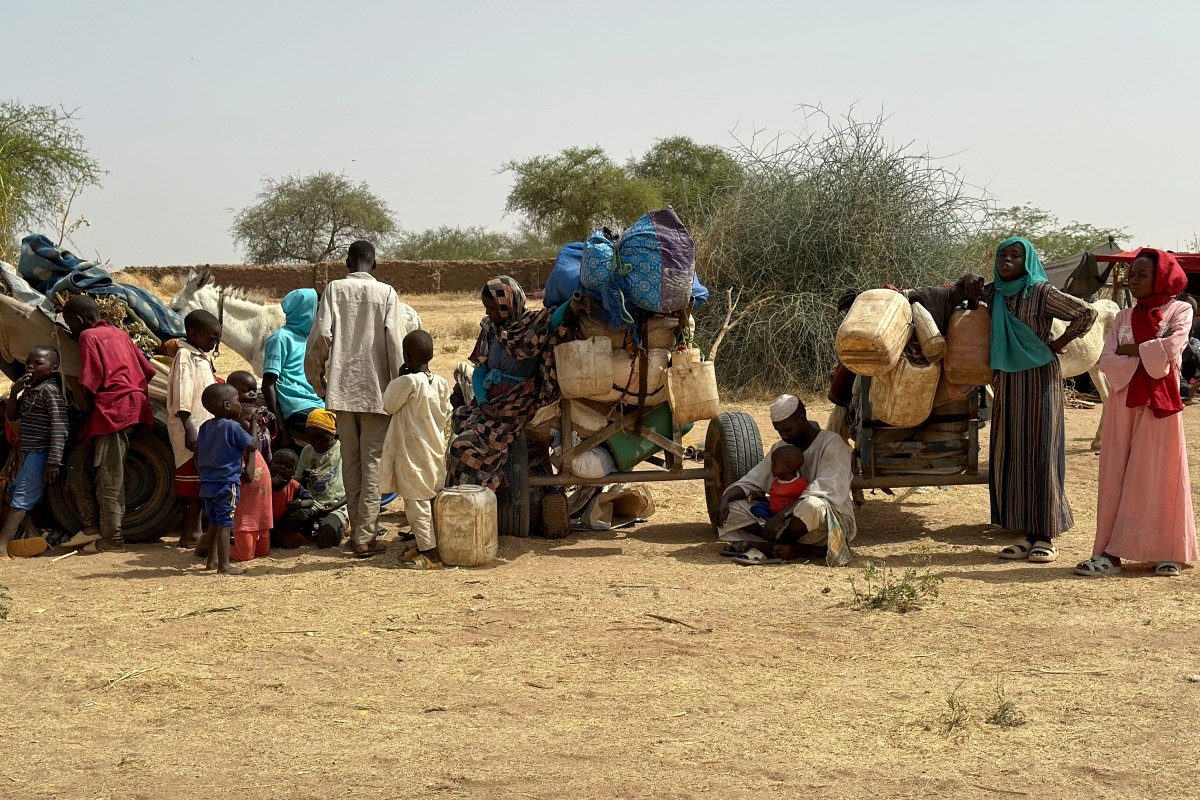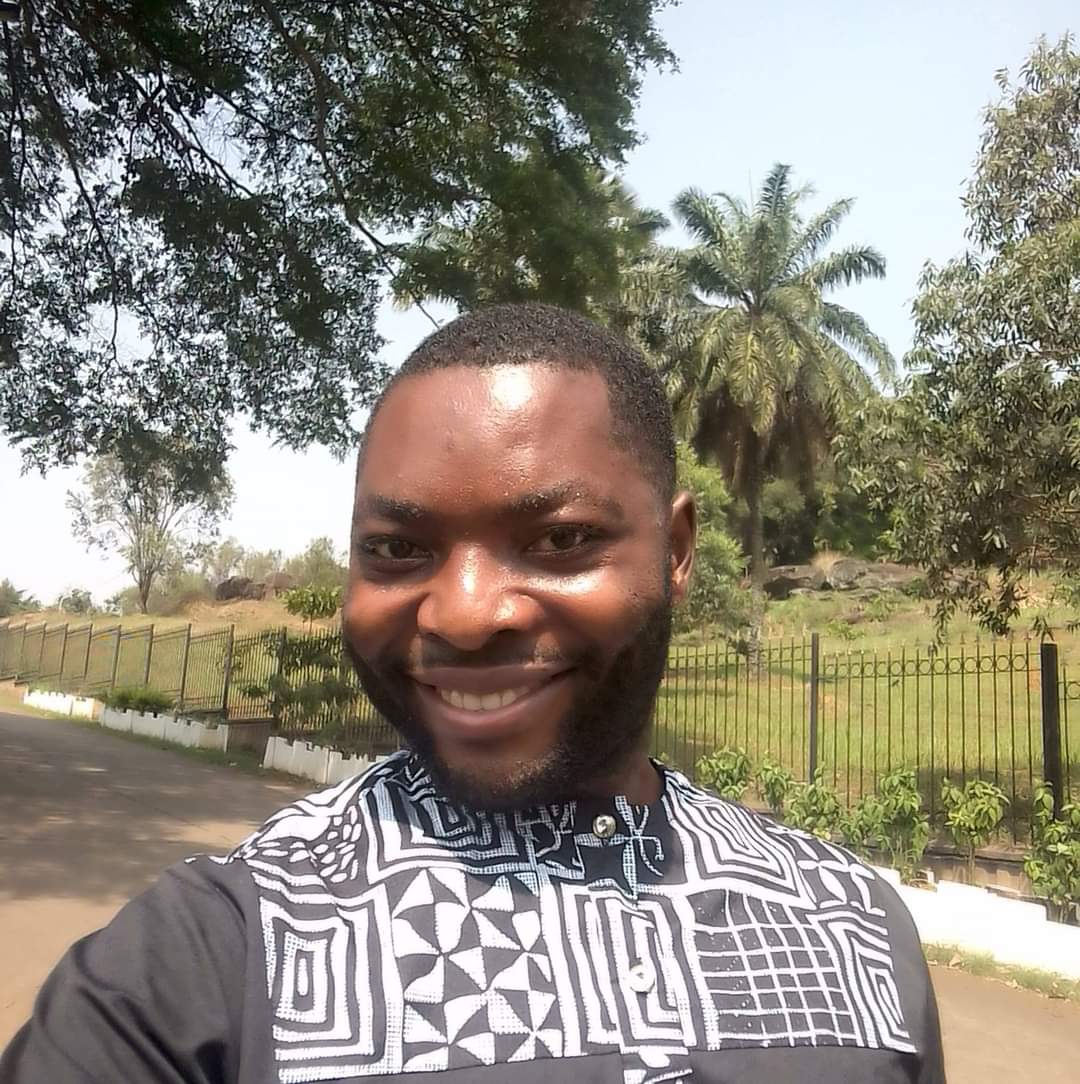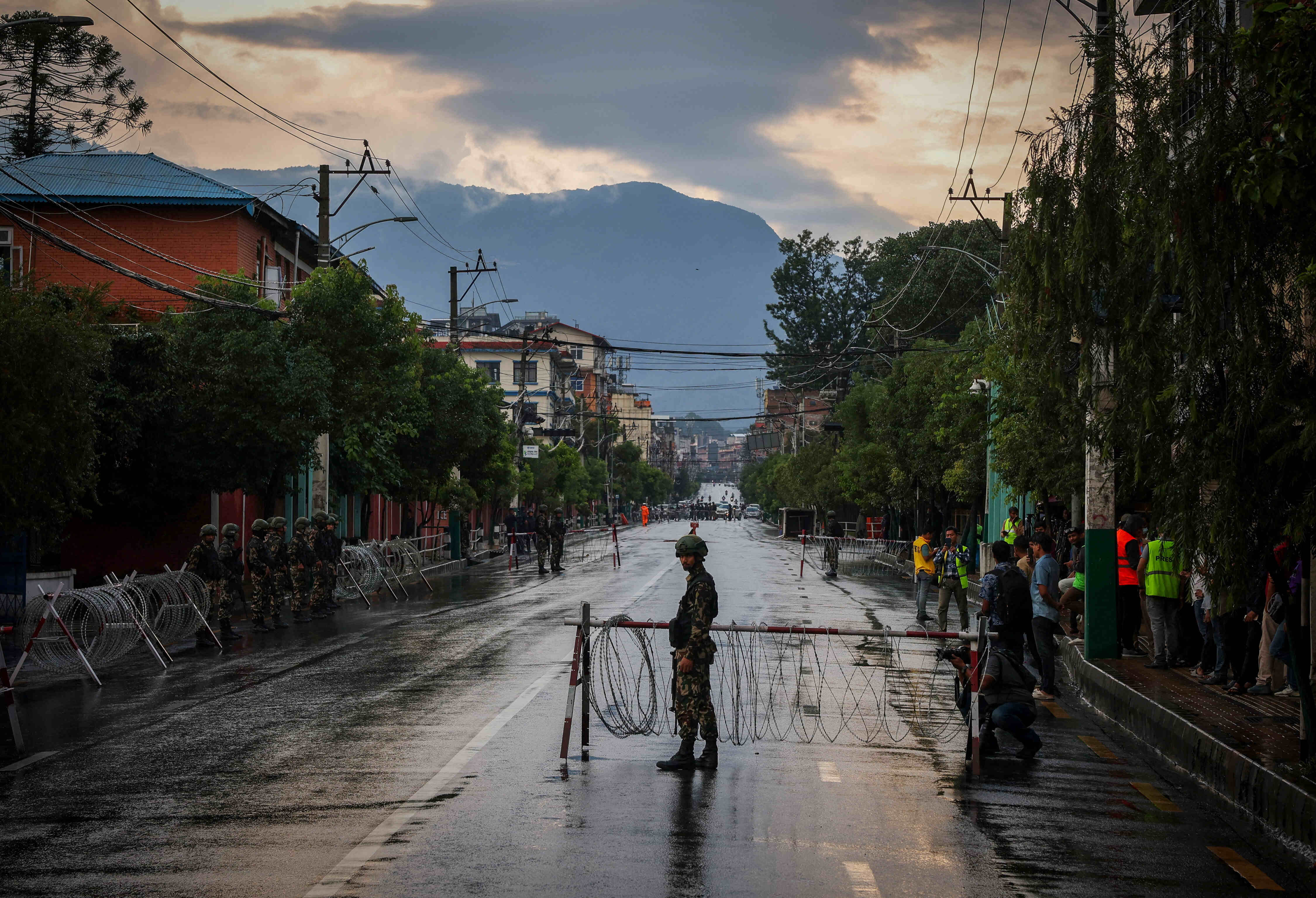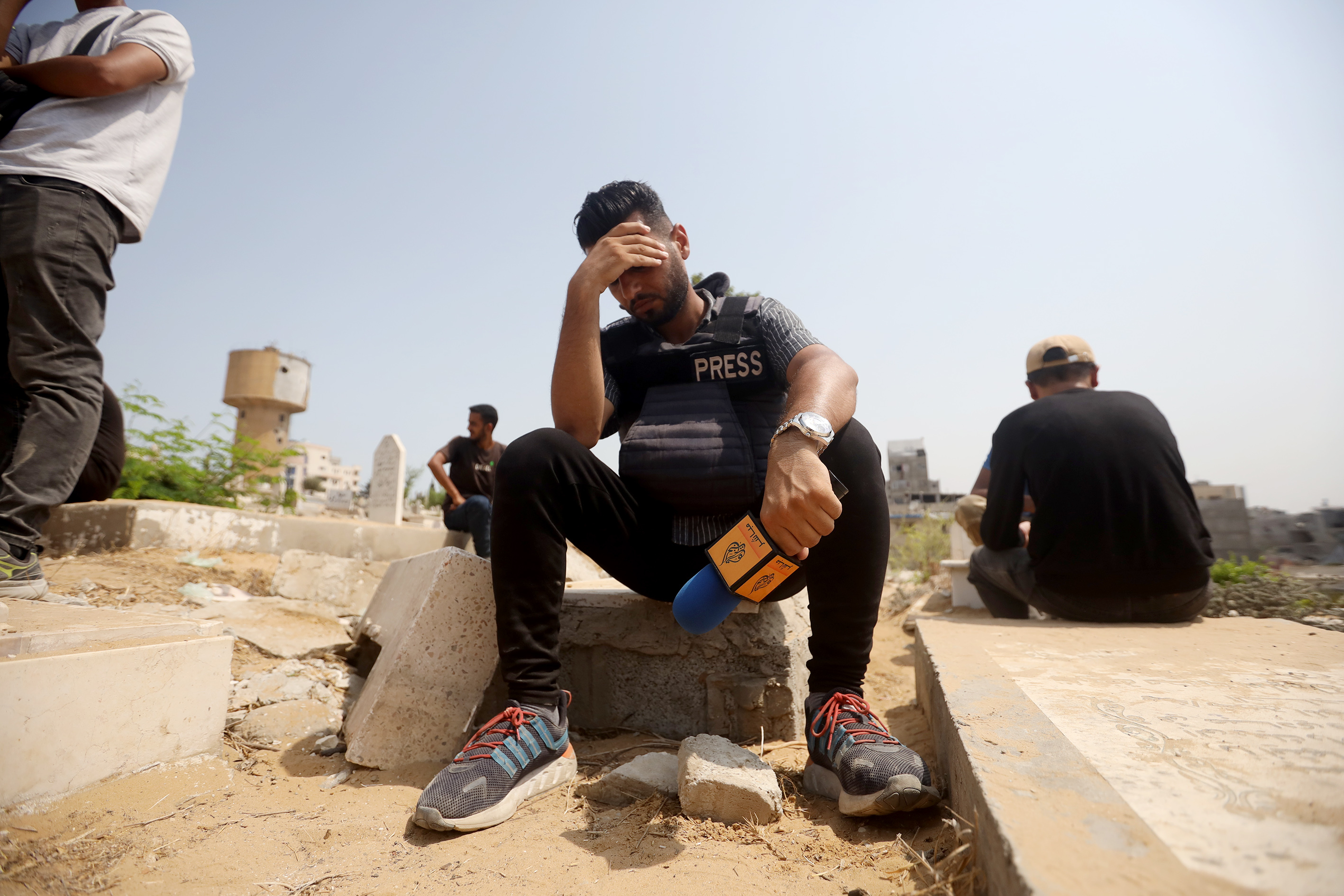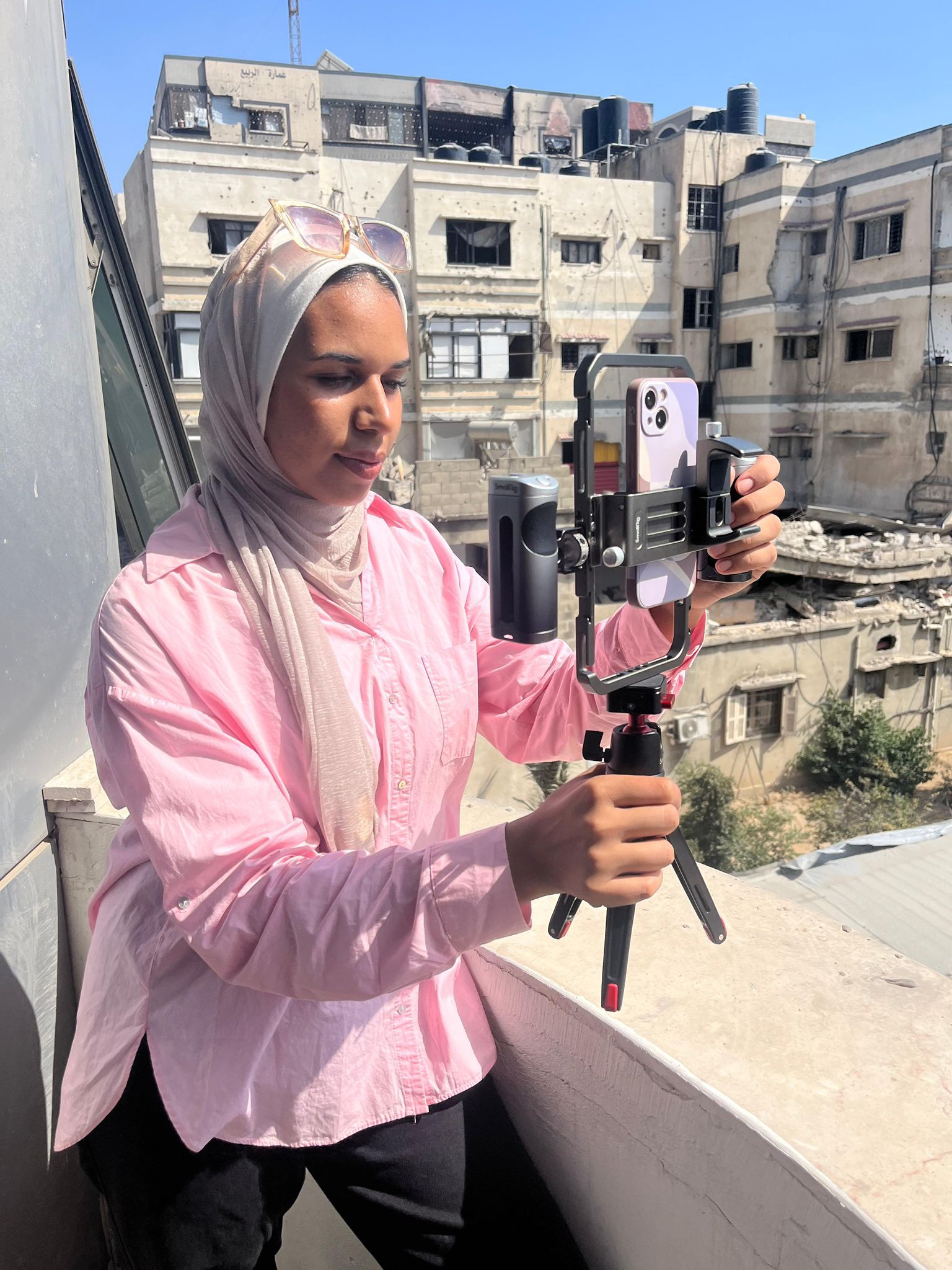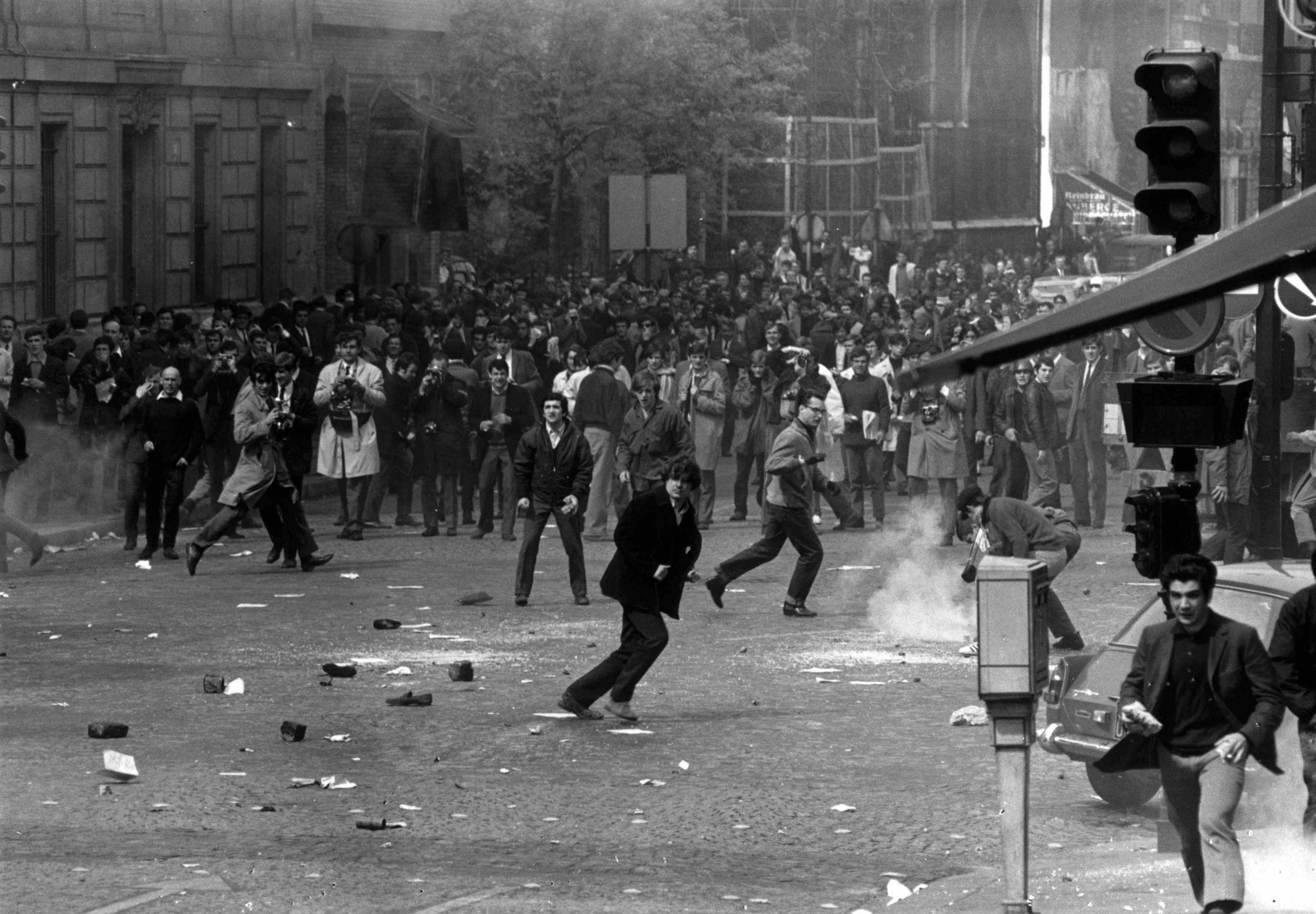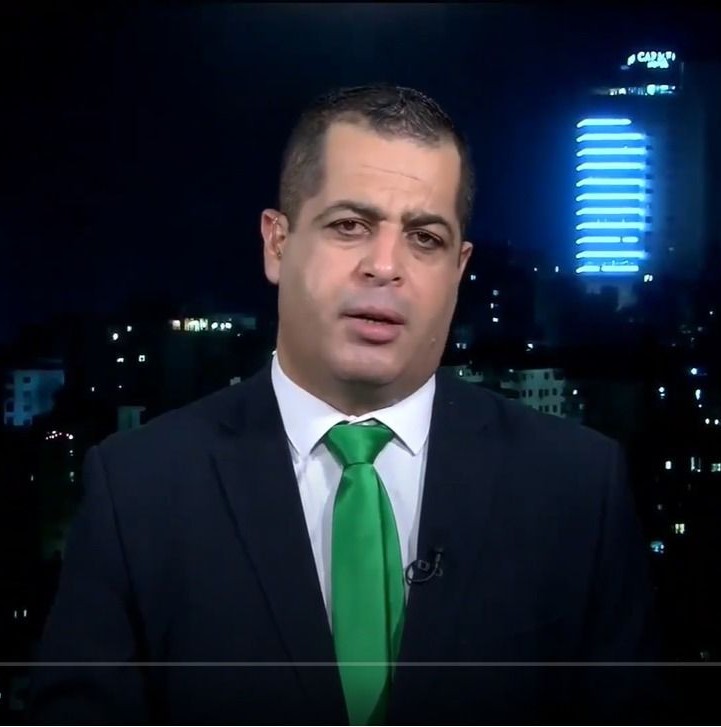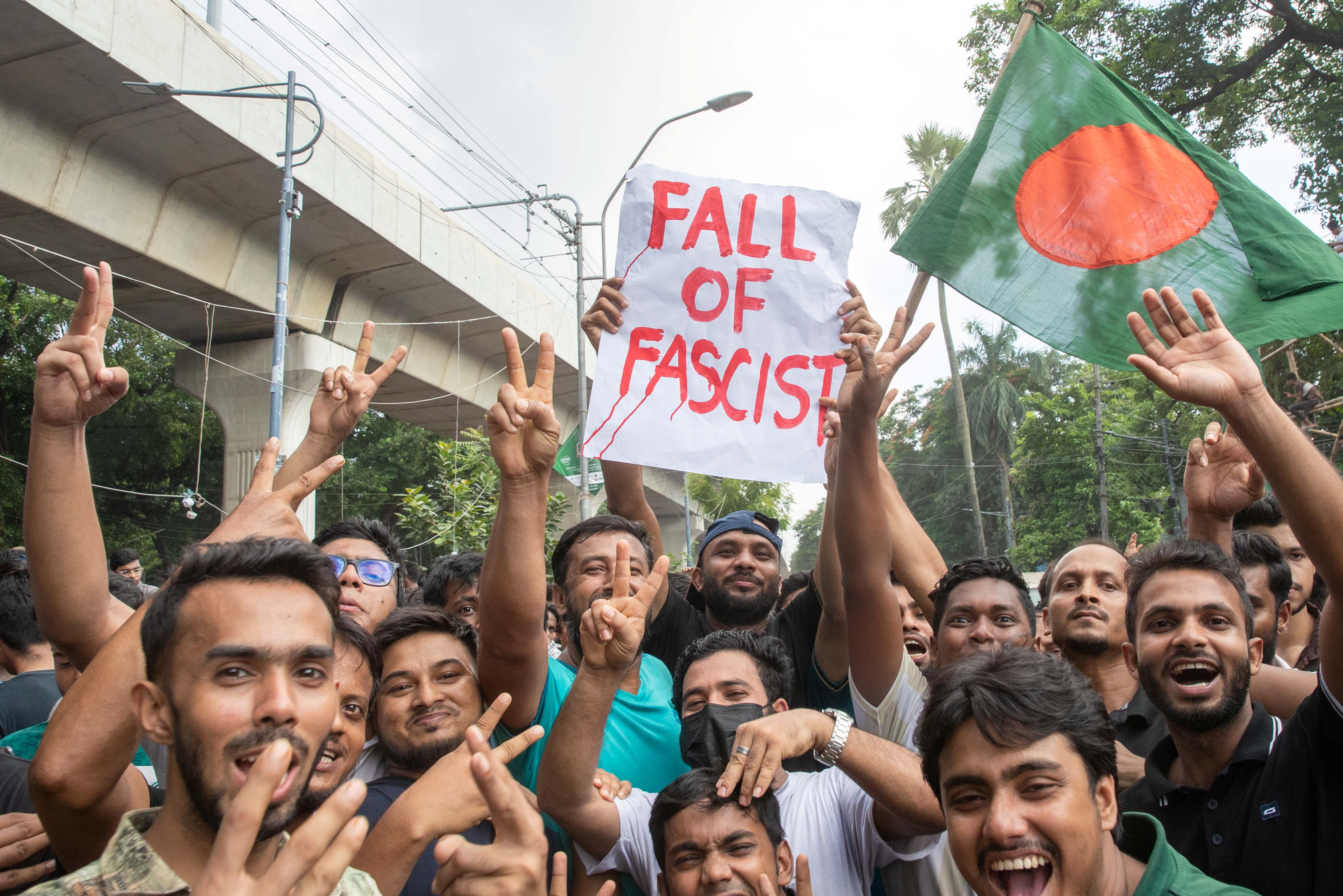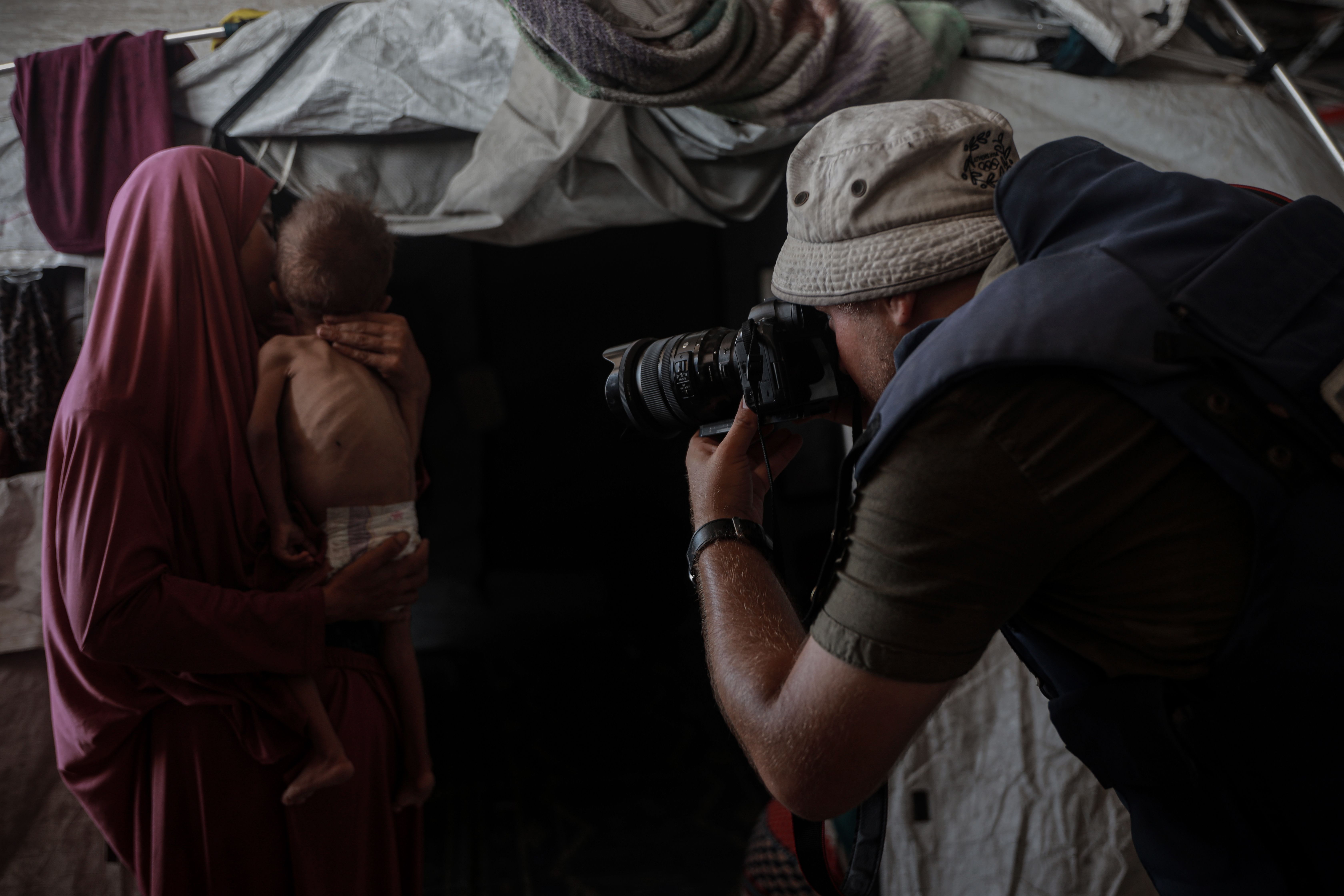منذ اليوم الأول لانطلاق انتفاضة الشعب اللبناني ضد الفساد والسلطة الحاكمة، التي حملت عنوانا كبيرا "كلن يعني كلن" (كلكم يعني كلكم)، وقد مرّ عليها أكثر من شهر كامل دون أن تخمد شرارتها، تسابقت وسائل الإعلام اللبنانية -وتحديدًا المرئية- على النزول إلى الساحات والشوارع لنقل حراك الثورة المطلبية، في بثٍّ مباشر على مدار الساعة تحت وسم "#لبنان_ينتفض".
في المشهد العام، تصدّرت ثلاثة تلفزيونات لبنانية رئيسية في البلد واجهة التسابق و"التنافس" على نقل الحدث، وهي: "أم.تي.في" (MTV)، والمؤسسة اللبنانية للإرسال "أل.بي.سي" (LBC)، والجديد (NTV). أمّا بقية التلفزيونات التابعة مباشرة لأحزاب السلطة، فقد نقلت الأحداث في الشارع، ولكن بالطريقة التي تتوافق مع تصوراتها، وغالبًا بما يخدم أجندتها الحزبية المتناغمة مع السلطة. وهذه التلفزيونات هي: تلفزيون "المنار" التابع لحزب الله، و"أن.بي.أن" (NBN) التابع لرئيس مجلس النواب اللبناني ورئيس "حركة أمل" نبيه بري، و"أو.تي.في" (OTV) التابع لرئيس الجمهورية ميشال عون وفريقه السياسي.
وفي خضم النقل المباشر، على اختلاف الأجندات والنوايا والأهداف التي تضمرها وسائل الإعلام، وزّعت جميعها "جيشا" من المراسلين والمراسلات في كل الميادين، لا سيما أنّ لبنان لأول مرة في تاريخه يشهد مقاربة الحراكات الاحتجاجية خارج النطاق المركزي للعاصمة بيروت، فتحولتْ جميع ساحاته ومناطقه إلى مساحات حرّة ورحبة للثورة وللانتفاضة الشعبية.
ومع تسارع الأحداث التي يعرفها لبنان في ظل أوضاع خطرة وحساسة قسّمت البلد إلى جبهتين هما: المواطنون والسلطة، يبقى السؤال الجوهري اليوم: ما هي الرسالة التي تؤديها وسائل الإعلام اللبنانية في تغطياتها لانتفاضة 17 أكتوبر؟
دور وسائل الإعلام اللبنانية في تغطية حركة الانتفاضة الشعبية التي جذبت أيضًا الإعلام العربي والعالمي، كان موضوع سجالٍ في الداخل اللبناني، بين مؤيدٍ لطبيعة أدواره، ورافض له أو مشكك فيه لدرجة "التخوين" وتسويق الاتهامات بتواطؤ بعض وسائل الإعلام مع سفارات خارجية وأجنبية.
هذا الجو الجدلي وضع عددًا كبيرًا من مراسلي ومراسلات وسائل الإعلام أمام تحدٍّ كبير في الشارع أثناء تغطياتهم، فتعرّض بعضهم للمضايقات وصل أحيانا حدود العنف اللفظي وحتى الجسدي. أما تلفزيون "أو.تي.في" التابع للرئيس عون وصهره الوزير جبران باسيل الذي واجه حملة شرسة ضده في الشارع، فقد تعرضت مراسلاته لأكثر من حادث نتيجة الاشتباك في الشارع مع المتظاهرين. ومن بينهن المراسلة ريما حمدان التي تعرضت للضرب أثناء البث المباشر بعد استفزازها، لترد بالضرب أيضًا على أحد المواطنين وتبكي على الهواء.
في الواقع، قد يكون ضغط البث المباشر الذي قارب نحو 18 ساعة في بعض المحطات "مصيدة" للوقوع في الأخطاء، لا سيما أنّ وسائل الإعلام اللبنانية -كحال أهل السلطة- تفاجأت بالحدث الذي كبر مثل كرة الثلج، ولم تكن مهيأة له معنويًّا ولا حتى لوجستيًّا. ناهيك أيضًا عن أنّ معظم مراسلي ومراسلات التلفزيونات اللبنانية -وهم من الفئة العمرية الشابة- لم يكونوا جاهزين لتغطية هذا النوع من النزاعات بين السلطة والمواطنين الذين جعلوا من ثورتهم المطلبية والاقتصادية؛ ثورة معلنة ضد النظام السلطوي والطائفي القائم برمته في لبنان.
يشرح الأكاديميان الجامعيان في كلية الإعلام بالجامعة اللبنانية الدكتورة مها زراقط والدكتور محمود طربيه في حديثٍ لمجلة "الصحافة" رأيهما وتقييمهما لأداء التلفزيونات اللبنانية في تغطية الانتفاضة الشعبية القائمة والمستمرة.
قد يكون حجم المظاهرات هو المعيار الأهم لنوعية التغطية الإعلامية وحجمها، لكنّ الدكتورة مها ترى أنه عندما تقرر وسيلة إعلامية فتح البث المباشر على مدار الساعة "فهي لا تقوم بتغطية إخبارية عادية، وإنما تلعب دورا تشاركيا مع الشارع في صناعة الحدث". أمّا الدكتور طربيه فيعود إلى القاعدة الأساسية التي تؤطر وسائل الإعلام قائلا إن "الإعلام هو المحرك الأساسي لأيّ انتفاضة أو ثورة في أيّ بقعة من العالم، لذا كانت السلطات اللبنانية تضغط وتدفع نحو وقف البث المباشر".
في العام 2005 أثناء انقسام الشارع اللبناني سياسيا وطائفيا بين قوى "8 آذار" و"14 آذار" عقب اغتيال رئيس الحكومة اللبناني الأسبق رفيق الحريري يوم 14 فبراير/شباط، انقسم كذلك الإعلام اللبناني على فتح البث المباشر تبعا للخلفية السياسية التي تستند إليها وسائل الإعلام، وتبعا لتأييدها أو معارضتها لواحد من المحورين المتخاصمين.
وفي العام 2015 عندما انفجرت أزمة النفايات بلبنان، شهدت مدينة بيروت حراكا شعبيا واسعا واكبته معظم وسائل الإعلام، لكن الحراك ظل مركزيًّا في العاصمة، خلافا لحراك الانتفاضة الشعبية الحالية الذي يتميز بخروجه من دائرة المركز.
تقول الدكتورة مها "حاليًا، يوجد شبه إجماع بين وسائل الإعلام المحلي على ضرورة تغطية أحداث الشارع اللبناني، ولا يمكن تجاهلها وهي تجوب مختلف الساحات والمناطق، خاصة أنّ المنافسة حاضرة بقوة بين هذه المحطات". وحول هذه النقطة، يضيف الدكتور طربيه أن "توزيع الخارطة الإعلامية في لبنان كان واضحا، وأن المنافسة على من يستطيع ضمان تغطية أكبر في الشارع تمحورت حول 3 محطات: الجديد، وأم.تي.في، وأل.بي.سي.. وما حدث على الأرض، دفع المحطات إلى مواكبة حركة الشعب ومجاراتها".
ترى الدكتورة مها أنّ الحديث عن رسالةٍ أدّاها الإعلام اللبناني في الانتفاضة الشعبية ما زال باكرًا، وما يمكن الحديث عنه هو بروز بعض "الظواهر" الإعلامية المنطلقة من فكرة أن "فتح الهواء له أثمانه". وتقول في السياق نفسه إن "فتح الهواء لمدة طويلة جعل بعض المراسلين والمراسلات عرضةً لتعامل غير جيد في الشارع، وتحديدًا الذين يعملون في الإعلام التابع للسلطة".
لكن المشكلة -وفق الدكتورة مها- أن المراسلين لم يأخذوا مسافة من الحدث، وكانوا يدلون بآرائهم مباشرة على صفحات التواصل الاجتماعي، وسعوا على الأرض لأداء دور "المناضلين" لا دور المراسلين.
وتضيف أنها أكاديميًّا لا تعتبر "هذا الأداء السلوكي للمراسل والمراسلة مهنيّا، لأن على الصحفي أن يجعل مادته التي يقدّمها للناس هي الحَكم، لا رأيه الشخصي. وحول التغطية الدولية، هناك عدد كبير من المؤسسات الإعلامية أصبحت تضع شرطًا على الصحفي أن يكون متوازنا في إعلان آرائه الشخصية، لأنّ صورته ملتصقة بصورة المؤسسة التي يعمل فيها".
من جهته، يُقيّم الدكتور طربيه أداء وسائل الإعلام المحلية في انتفاضة لبنان الشعبية من منظور "المراقب"، ويجد أنّه في مكانٍ ما كان جيدًا واحترافيًّا، لكنه في مكانٍ آخر اتسم بالمبالغة، وصار بعض المراسلين يُملون على المتظاهرين ما يريدون قوله عبر طرح نوع محدد من الأسئلة، إلى جانب السؤال الموحد الذي يردده الجميع على الدوام: ما هو مطلبك؟
ويقول "عندما نتحدث عن نحو 18 ساعة من البث المباشر، لا بدّ من وقوع الهفوات والأخطاء التي تخرج عن السيطرة، وقد لجأت بعض المحطات إلى ما نسميه اصطلاحًا مَسْرحة الحدث، بعد أن غلبت ميولات المراسلين والمراسلات وانتماءاتهم الحزبية على دورهم في التغطية".
يسعى طربيه إلى فهم دوافع المتظاهرين في التعرّض والاعتداء على المراسلين في الشارع، ويرى أن ردة فعل الناس جاءت "انتقامية" عندما لمست أنّ أيدولوجيا المراسلين والميول المؤسساتية والحزبية تفوّقت على الأداء الصحفي، فمراسلو "أو.تي.في" مثلا، لجؤوا إلى التغطية من دون استعمال "رمز" المؤسسة، وهو ما أثار ريبة المتظاهرين في الشارع أثناء الاحتكاك بهم، لأنهم يعرفون وجوههم. ولأن الشارع يضمّ كل الفئات، كان المراسلون يتعرضون لنوع من المعاقبة على أداء مؤسساتهم، لذلك لم تكن الفضائيات والمحطات غير اللبنانية عرضة لهذا الكمّ من المضايقات والاعتداءات.
الغضب عند الناس كان ينفجر في وجه المراسلين في الشارع اللبناني، ويأسف طربيه لكون الأداء في التغطية قد تحوّل لدى بعض المراسلين والمراسلات إلى نوع من "التوك شو"، حين لجأ بعضهم إلى تبرير وشرح مواقف رموز السلطة للمتظاهرين، وهو ما كان يُضاعف من حجم غضبهم. "فالتغطية الناجحة والحرفية يجب أن تنقل ما يقوله الناس، لا أن يدخلوا في نقاشٍ شخصي معهم تحليلا وإبداء للرأي، وهذا ما فعله المراسلون اللبنانيون الذين وقعوا في اشتباك مباشر مع الناس في الشارع".
ويُذكّر الدكتور طربيه أن شروط العمل الصحفي في "بيئة معادية" ينبغي أن تستحضر المهنية والحياد في نقل الحقائق والوقائع، دون اللجوء إلى "عرض عضلات" فكري في الشارع.
ولاحظت الدكتورة مها أن هناك "نوعا من الاقتطاع من المشهد العام الذي دفع الإعلام اللبناني ثمنه عبر اجتزاء الصورة الكاملة لأحداث الشارع"، مُذكّرة أنّ معظم التلفزيونات اللبنانية تعاملت مع الشارع والأحداث "بانتهازية". وتعود مها إلى العام 2018، حين حصرت هذه التلفزيونات البث المباشر أثناء الانتخابات النيابية على مرشحي أحزاب السلطة وتياراتها. وكانت هذه المحطات "تتقاضى من المرشحين آلاف الدولارات مقابل ظهورهم لدقائق قليلة، بينما كانت تضيّق على مرشحي المجتمع المدني وتحرمهم من الظهور على شاشاتها إذا لم يسددوا المبالغ الطائلة المطلوبة بغية الظهور لإعلان برنامجها الانتخابي".
وحول ما يتعرض له المراسلون والمراسلات في الشارع اللبناني ما بعد 17 أكتوبر، يرى الدكتور طربيه أنّ وسائل الإعلام وضعتهم في ظروف صعبة غير مهيئين لها، ومعظمهم يعملون في مؤسسات تعاني من واقع بنيوي صعب، وبظروفٍ صعبة ماديًّا ومعنويًّا ومهنيًّا. ومع ذلك، مارست عليهم ضغطا نفسيا كبيرا، بينما استقدمت بعض المحطات "تلاميذ" و"هواة" لسدّ حاجاتها في التغطية على كافة الأراضي اللبنانية. وهنا، يوجه سؤالا لوسائل الإعلام اللبنانية: ما هي قواعد البثّ المباشر التي اعتمدتم عليها لفتح الهواء طوال هذه المدة الطويلة؟!
الصحافة المكتوبة في قلب الثورة
أبرز تداعيات الانتفاضة الشعبية في لبنان كانت في الهزّة الداخلية التي شهدتها جريدة "الأخبار" الداعمة لحزب الله، نتيجة الاستقالات الجماعية التي توالت لمجموعة من كتّابها وصحفييها. ومع تواليها رُبطت هذه الاستقالات مباشرة بمعارضة العاملين المستقيلين لمقاربة الجريدة للانتفاضة الشعبية وأسلوب تغطيتها المتحيّز ضد الثورة والمتظاهرين. وكانت الاستقالة الأولى من طرف الصحفية جوي سليم، وبررتها بوصف أداء الجريدة في تغطيتها للانتفاضة بأنه "مؤامراتي تحريضي".
من جهة أخرى، تلعب الجرائد والصحافة المكتوبة الإلكترونية في لبنان دورًا كبيرًا، ليس بسبب التغطية المباشرة، وإنما بسبب تقديم "المعلومة" وعرض التقارير والتحقيقات الموسّعة في السياسة والاقتصاد والظواهر الاجتماعية للانتفاضة الشعبية. أما أول قرائها قبل المنتفضين، فهم أهل السلطة في لبنان، والمحطات التلفزيونية التي تبني معظم موادها خارج إطار البثّ المباشر؛ على المعطيات التي تقدّمها الصحافة المكتوبة!
* الصورة: أندريس مارتينيز كاساريس - رويترز



